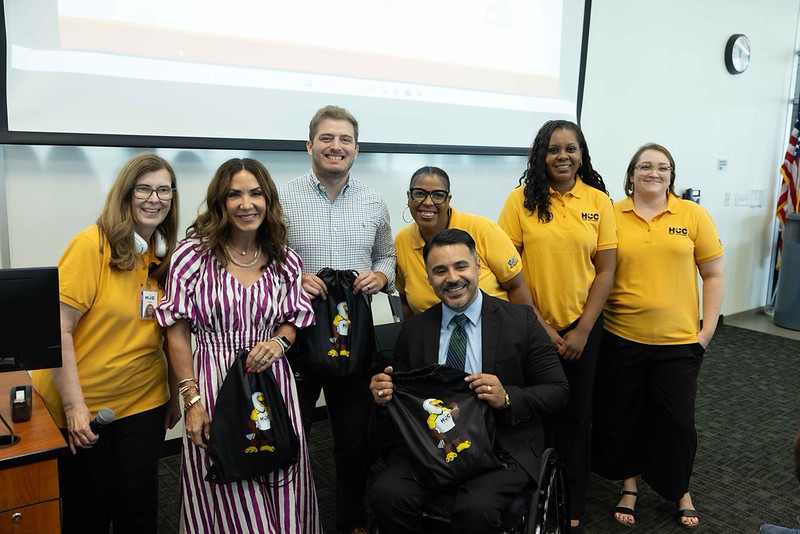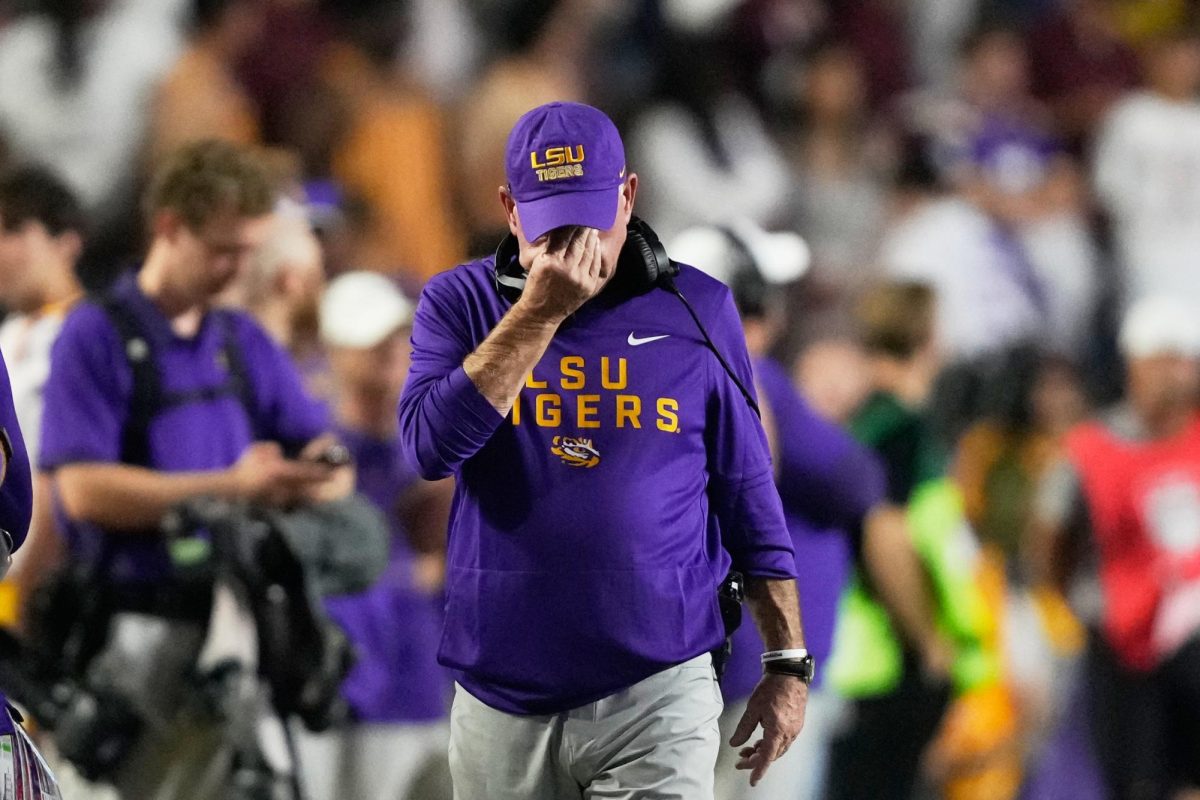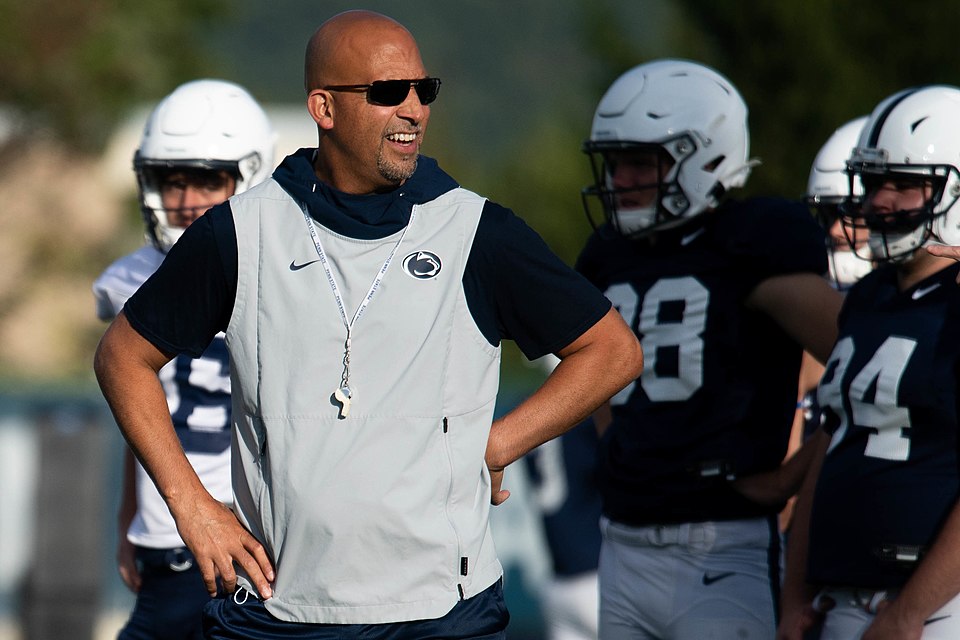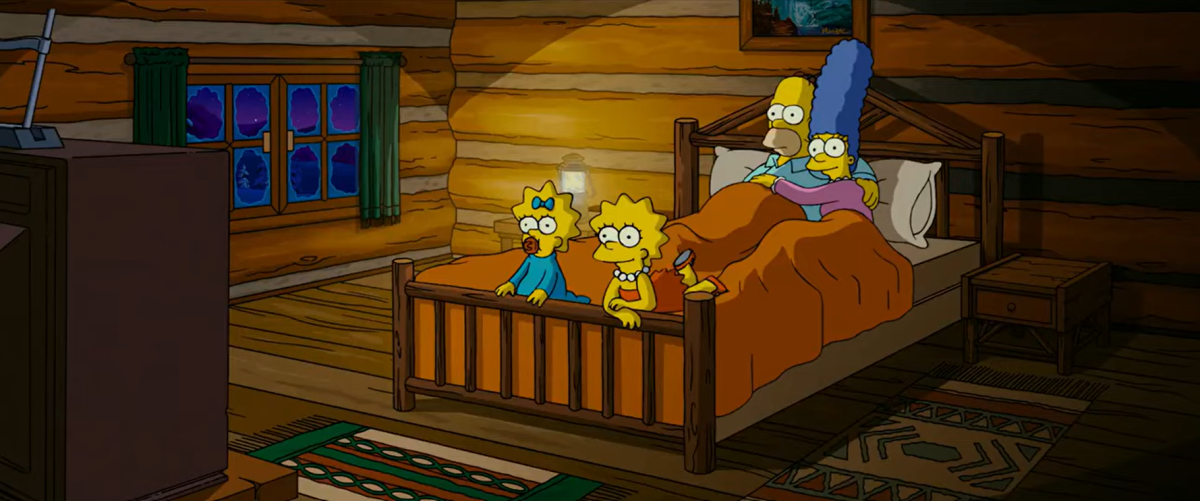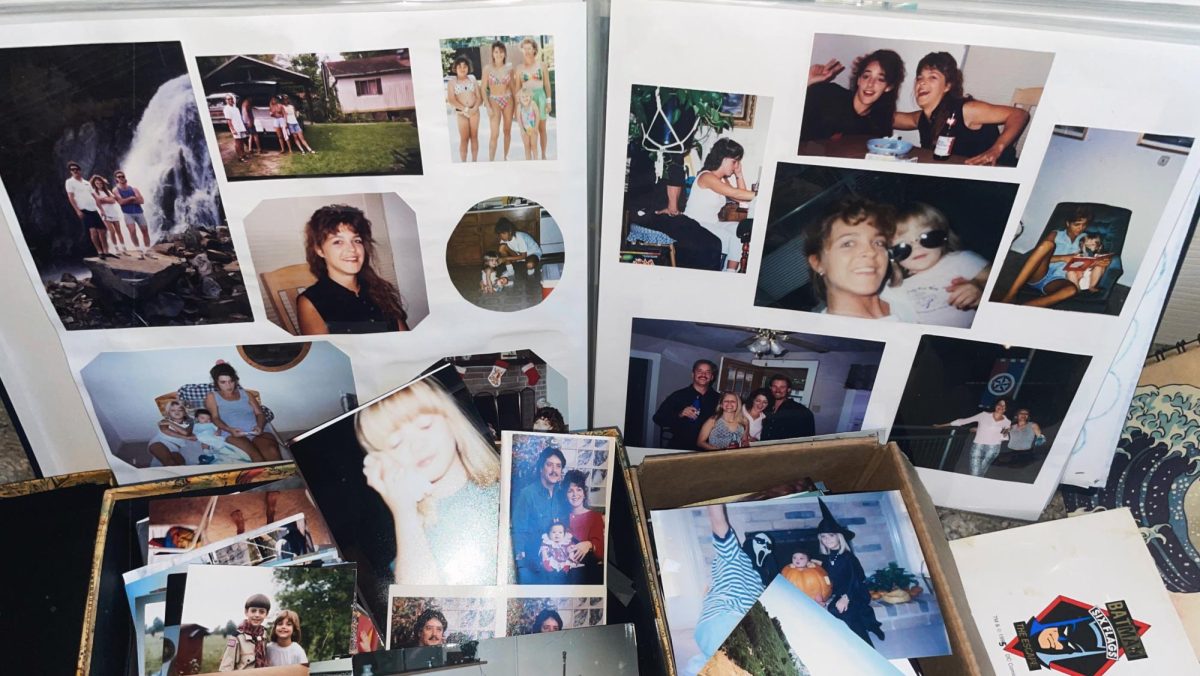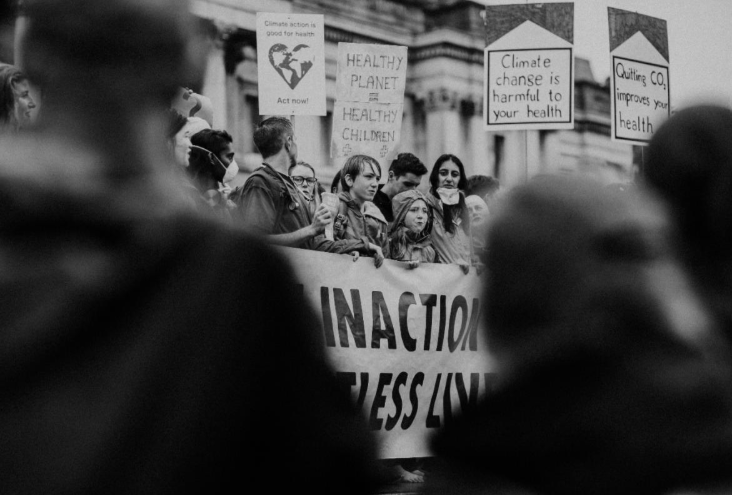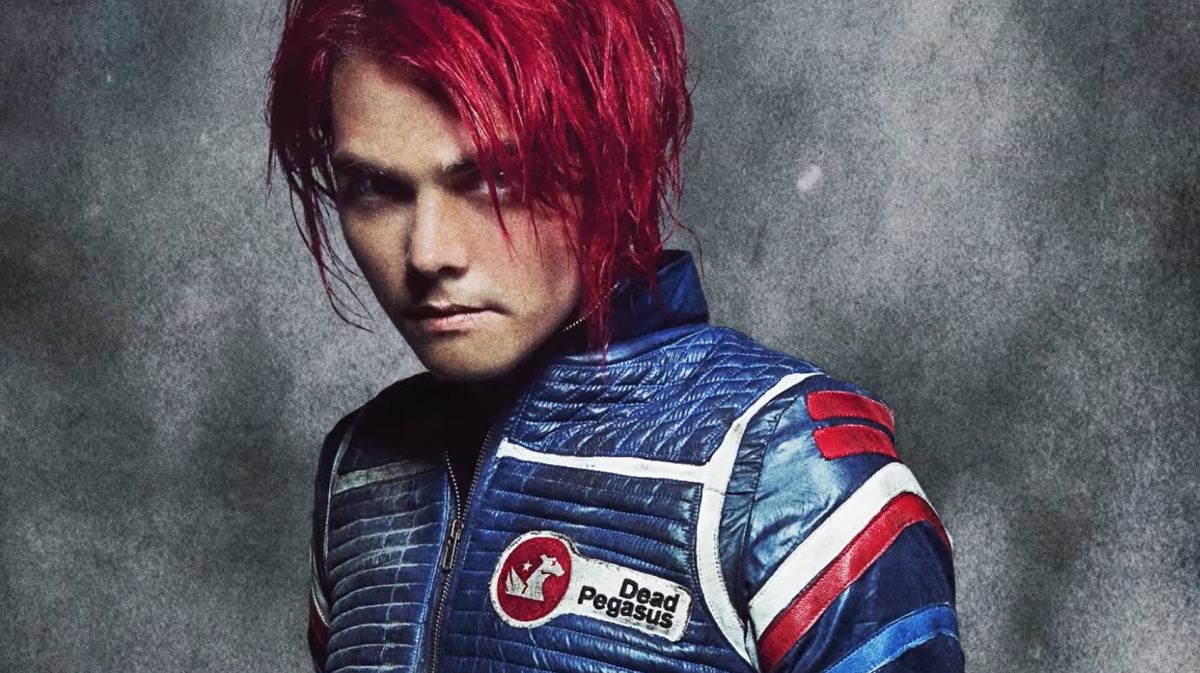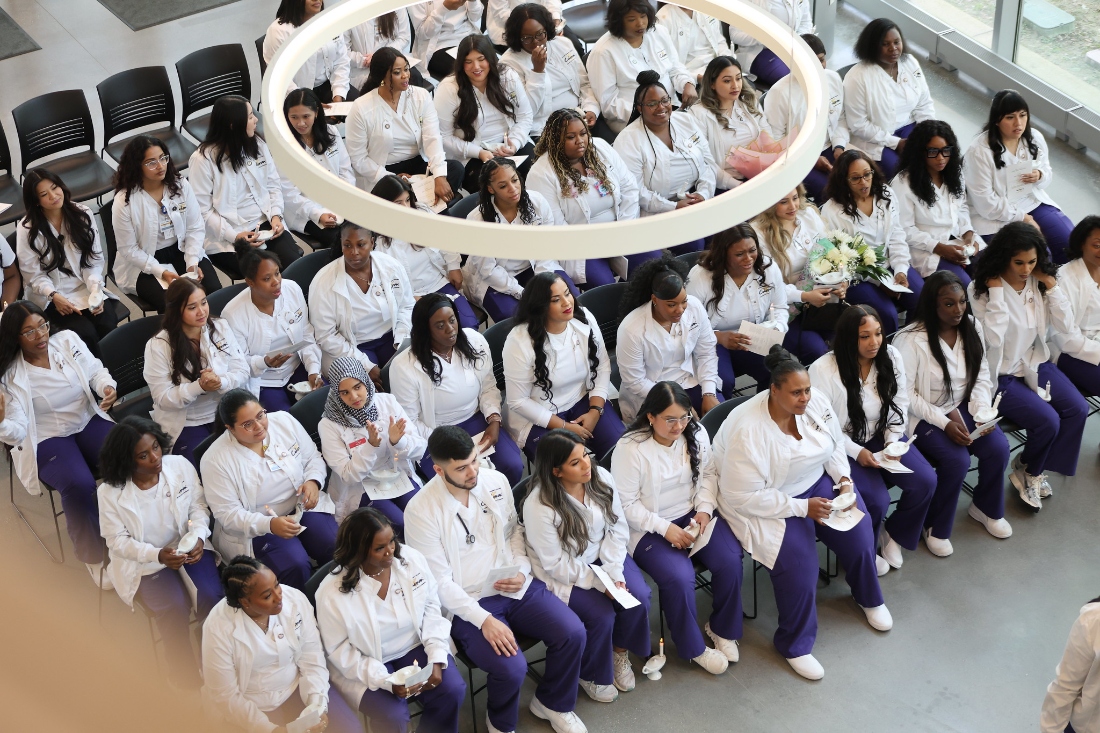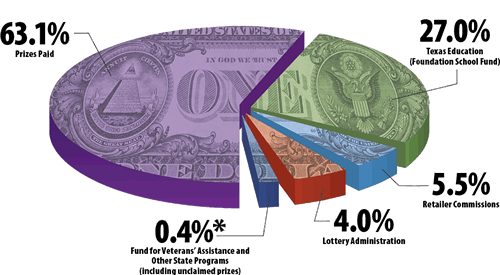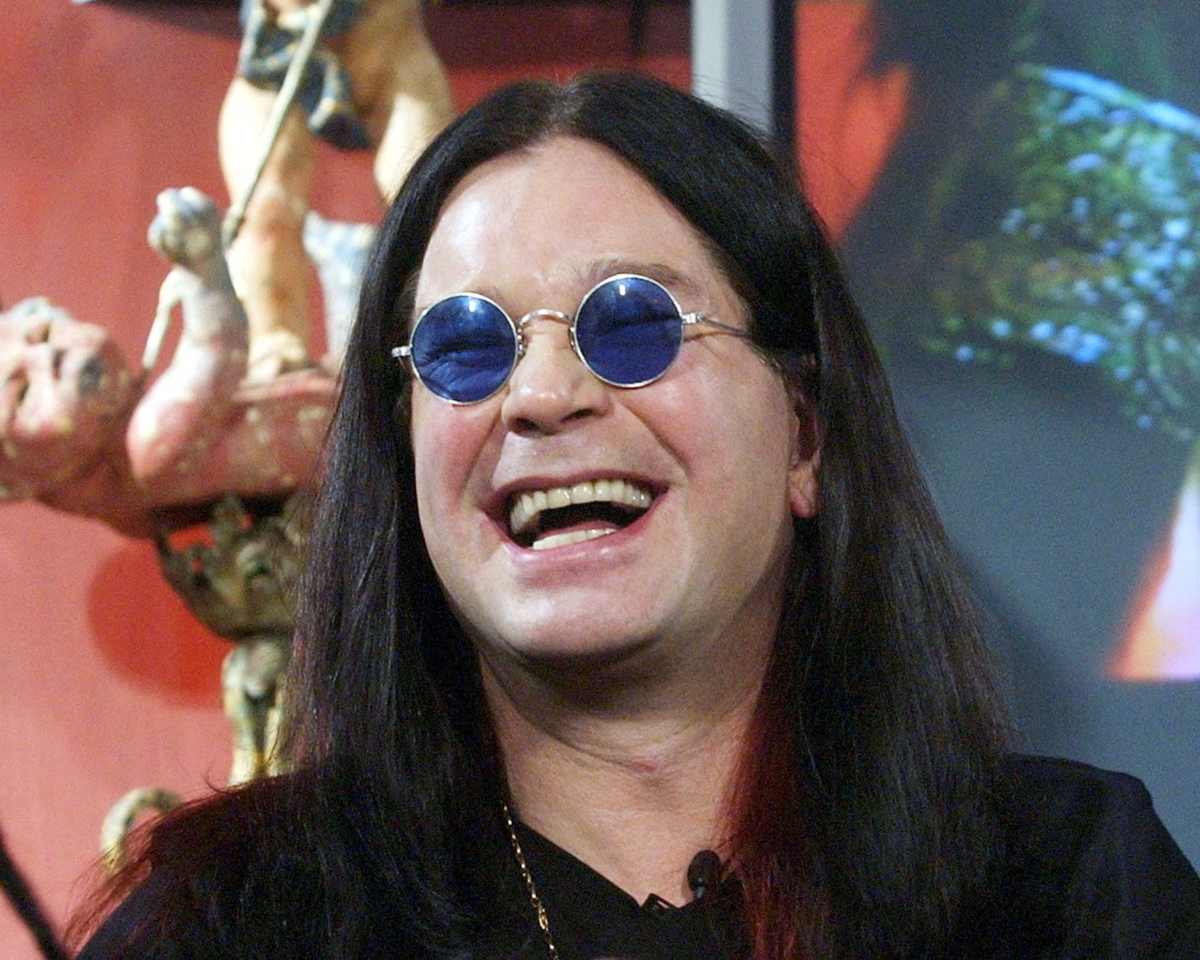You might have seen on social media and/or on news that in June of 2024 NASA astronauts Sunita Williams and Barry Wilmore boarded what was intended to be a short mission to the International Space Station (ISS). Unfortunately, some technical issues put them on hold for a very hard nine months.
Williams and Wilmore took off on a Boeing Starliner capsule looking to do an eight-day mission, but due to thruster failures and helium leaks at docking, they had to remain in orbit much longer. Ultimately, they were able to return on a SpaceX Dragon Capsule and landed safely on March 18, 2025.

Even though they were in space longer than planned, Williams and Wilmore accomplished some neat studies. They conducted experiments in fluid physics and hydroponics related to how plants grow better in space because learning how to grow food crops is essential for future missions to the Moon and Mars. It also helped to reinforce understanding of how NASA agreements with private industry, e.g. SpaceX, can promote growth in commercial space exploration. Finally, they reviewed hypothetical maintenance and robotic scenarios to assist in keeping the ISS and its systems reproducible and maintained in a safe condition.
Long duration space missions create any number of serious health risks or difficulty to bodily processes. Both astronauts faced muscle atrophy, which weakens muscles, and bone density loss, as well as fluid shifts in the brain! While recovery from an extended down period involves recovery and medical check-ups, it was also rigorous in terms of physical rehabilitation to try and recover from the health effects. Of the psychological components, long duration space missions scale up isolation from popular culture and society which can result in psychological stress and physiological effects. Both astronauts demonstrated everything you could as you would have to be emotionally regulated to endure the mental and emotional demands. They needed to demonstrate relationship resilience with their crews and support from the ground squads created doubts in mission success on any future mission. Part of this overall issue was the unfortunate stress related to the thruster failure to one of the crews and a raft of issues with development of the Starliner capsule. The complex nature of human spaceflight requires planning for contingencies.
While I know the mission was not planned to go on for nine months, it certainly stressed astronaut Williams and Wilmore’s patience and endurance. While I’m sure they’d prefer it not to happen, it did give us an insight into the capabilities of Human Spaceflight. It also added to technology and will contribute toward future missions.






